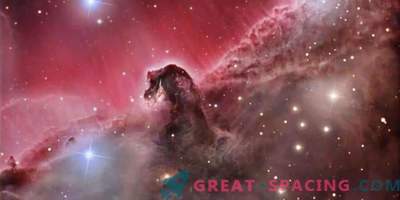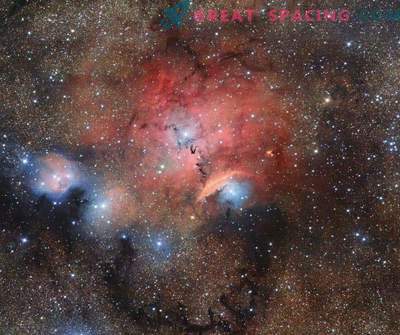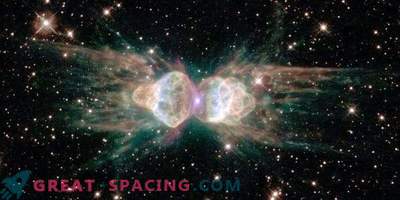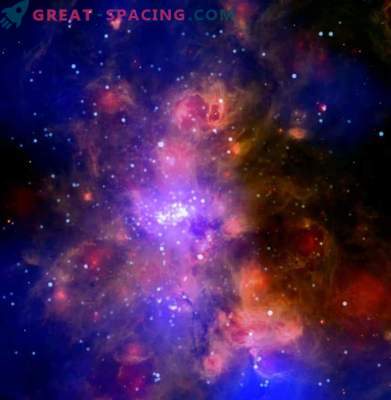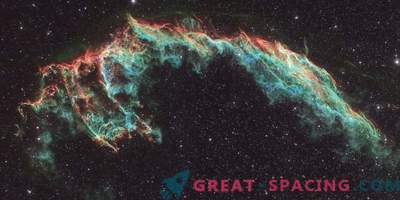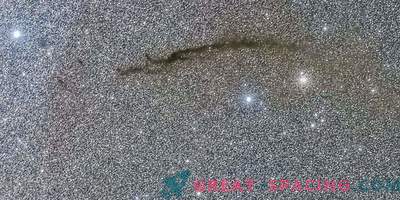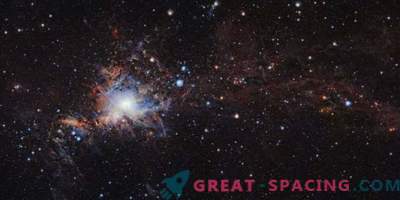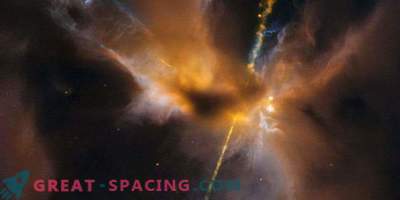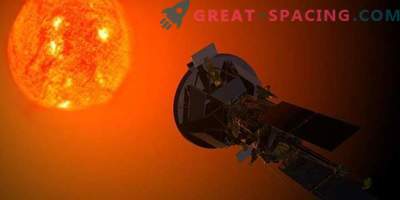
Image of the Rosette Nebula, based on H-alpha Northern Galactic Aircraft information
For many years, a hole in the heart of a magnificent pink cloud puzzled scientists. However, a new study from the University of Leeds (UK) is trying to explain the divergence of the parameters of the Rosette cavity and central stars.
The Rosette Nebula lives on the territory of the Milky Way at a distance of 5000 light years from us. Known for its pink color and central hole. Nebula is considered to be an interstellar cloud filled with dust, helium, hydrogen, and other ionized gases with several massive central stars.
Star winds and ionizing rays affect the shape of a large-scale molecular cloud. But the age and size of the observed cavity is too small when compared with the indicators of the central stars.
Computer modeling has allowed us to notice that the formation of a nebula begins in a narrow leaf-like molecular cloud, and not in a spherical or dense disk shape. The first option will create a small central cavity.
The massive stars in the Rosette Nebula have reached only a few million years. Their winds will be released over the years, inflating the central cavity tenfold.
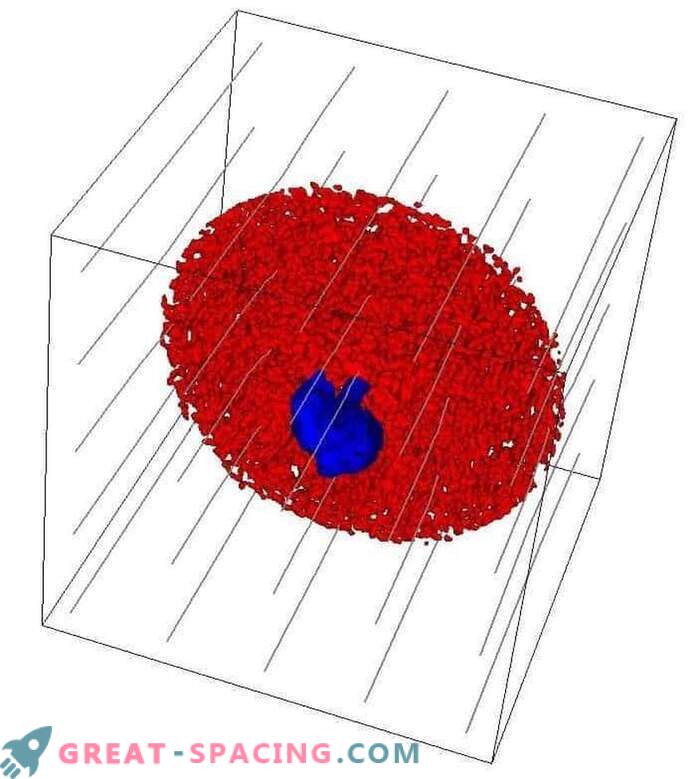
3D visualization of a simulation nebula demonstrates a dense disc-shaped molecular cloud (red), a faint stellar wind (blue), and magnetic field lines (gray). The magnetic field plays a key role in the formation of a disk rather than a spherical type.
Scientists have recreated the reverse effect of stellar wind and the formation of nebulae in various models of molecular clouds, including a thin filamentary disk and a torn sphere. Thin disc matched best. It was also fortunate that the data could be applied to models from the Gaia review.

A slice of imitation of the Rosette Nebula, perpendicular to the disk of the molecular cloud. The disk (red) focuses the wind from the central star (blue) and clouds (green)
The use of data in the models made it possible to draw attention to the degree of impact exerted by individual stars in the nebula. Further, they also plan to consider similar objects in our galaxy and to identify the pattern for the formation of the form.
To create models used the Center for Advanced Studies in Leeds. For 9 simulations, it took half a million CPU hours (equivalent to 57 years on a standard computer).
